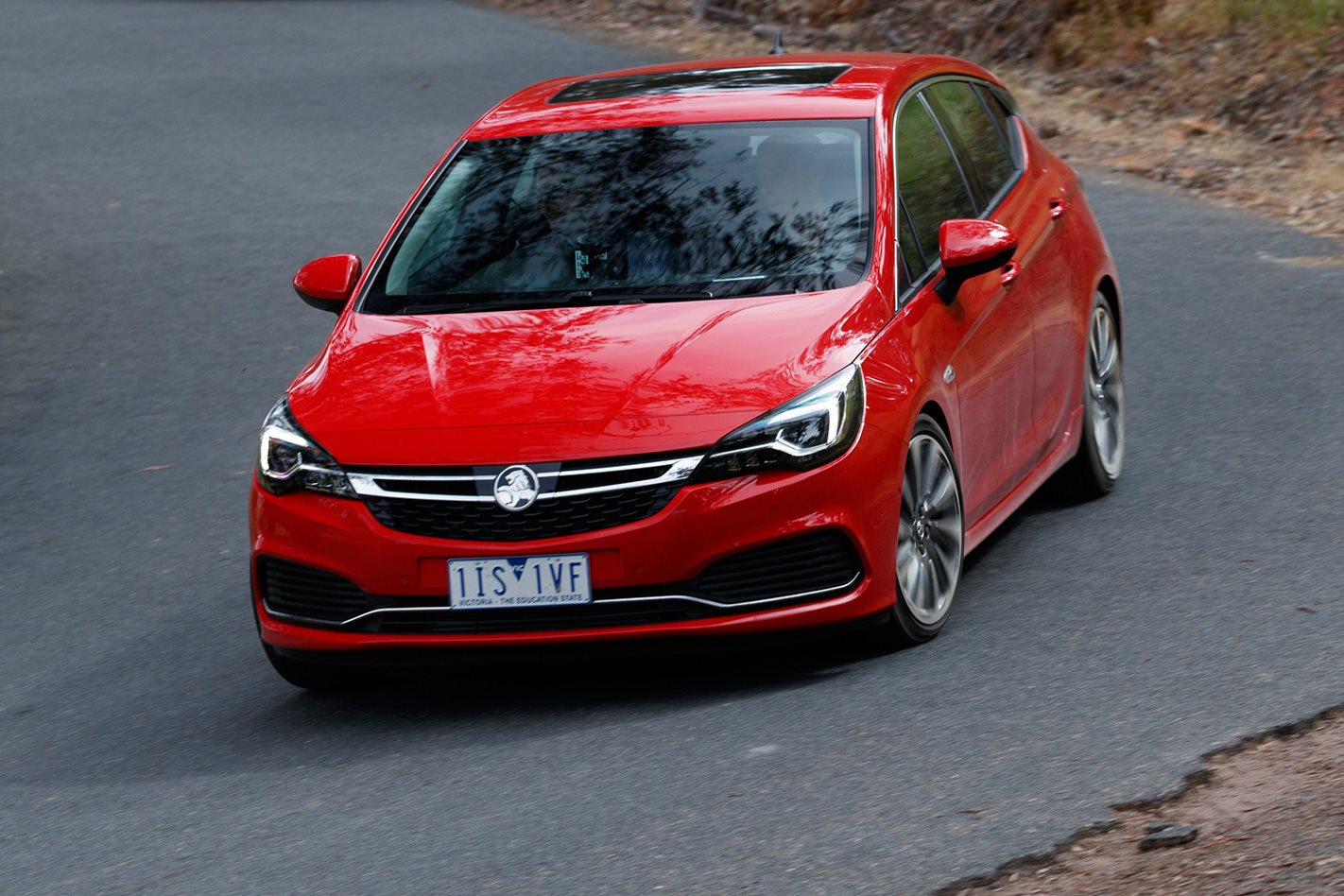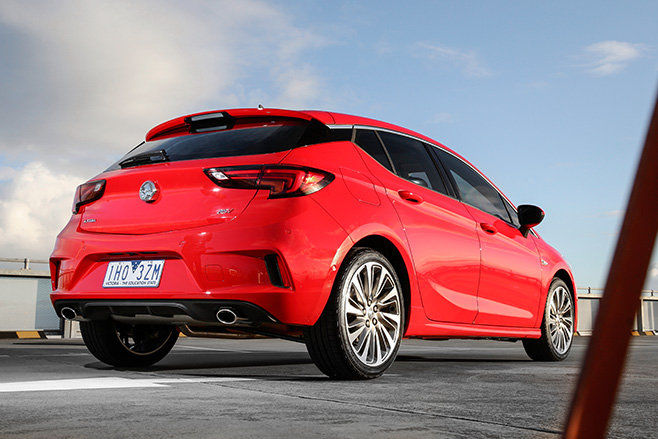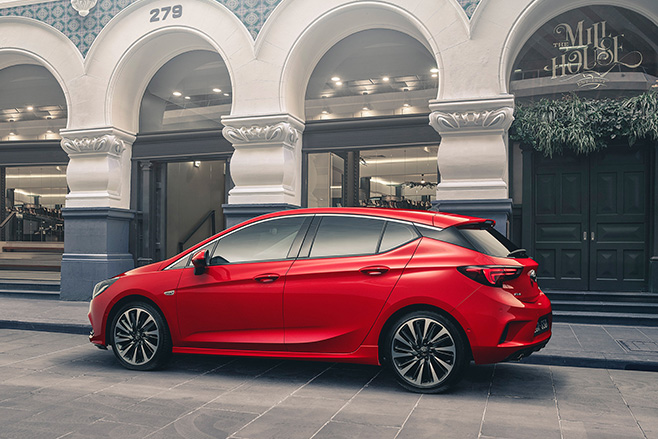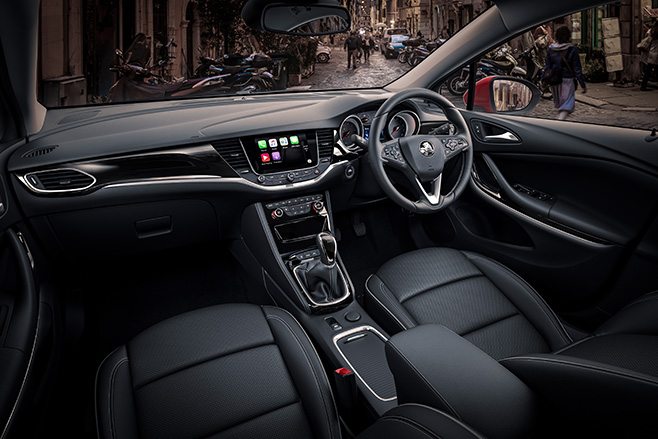
TELL ME ABOUT THIS CAR
This is the fifth generation Holden Astra sold in Australia and it takes over from the now defunct Cruze in the vital small hatch segment. Developed by Opel with some input from Holden, the five-door hatchback is based on a new platform and slightly smaller than its predecessor. Yet it manages to eke out more interior room by some measures including rear legroom. It is also substantially lighter. The R is the base model, powered by a new 1.4-litre turbo-petrol engine and offered with the choice of six-speed manual and automatic transmissions. It goes on-sale alongside the RS and RS-V, both powered by a 1.6-litre turbo-petrol engine, on December 1.

STRENGTHS
- Cabin – The Astra has no problem fitting four adults inside its relatively modest proportions. Seats are comfortable, there is reasonable storage and it’s a quiet and comfortable place to reside. There is a high level of perceived quality in the trimmings, while standard Apple Carplay and Android Auto are key standard infotainment features.
- Dynamics – The Astra is a really enjoyable car to drive as well as ride in. Holden has tuned the steering for Australian conditions and it really shows up well. The handling is neutral and the body control exemplary, yet shock absorbency is also compliant enough to provide a comfortable ride.
- Equipment – Six airbags, electronic stability control, ABS, traction control, hill start assist, 17-inch alloy wheels, rear view camera, rear park assist, 2 x ISOFIX, cruise control with speed limiter, a 7-inch colour touch screen, DAB+ radio and Bluetooth audio streaming are all part of the package.

WEAKNESSES
- Pricing – Astra is more expensive than its Holden Cruze predecessor and the entry-level R commands a higher recommended retail price than its obvious rivals such as the Mazda3 and Toyota Corolla. We’re not talking big amounts but it will be interesting to see if Holden starts discounting or going with drive-away incentives if sales don’t match expectations.
- ANCAP rating – The Astra R doesn’t get one because it doesn’t have the Autonomous Emergency Braking that the higher-spec RS and RS-V get as standard. It could have got five stars if it had been crash tested in Australia, but instead the rating was based on European results. Bottomline, the R is structurally identical to the rest of the range. By the way, AEB becomes available as part of a $1000 option pack next March.
- Engine – Well, sort of a weakness. The 1.4 combined with the auto is lethargic in standard drive mode. But switch to sport and the shifts and throttle sharpen up noticeably. You might use a little more fuel, but that doughy feeling as you accelerate vanishes too. Speaking of fuel use, the 1.4 manual is the only model in the range to miss out on stop/start tech.

ANY RIVALS I SHOULD ALSO CONSIDER?
Heaps. The small car segment is still the most popular in Australia despite the rise and rise of SUVs and 4×4 utes. The popular models include the Toyota Corolla, Mazda3, Hyundai i30 and Volkswagen Golf. The best offerings in the class include the 3, Golf and funky Peugeot 308. The updated Ford Focus and new Renault Megane and Honda Civic sedan and are also worth strong consideration.



